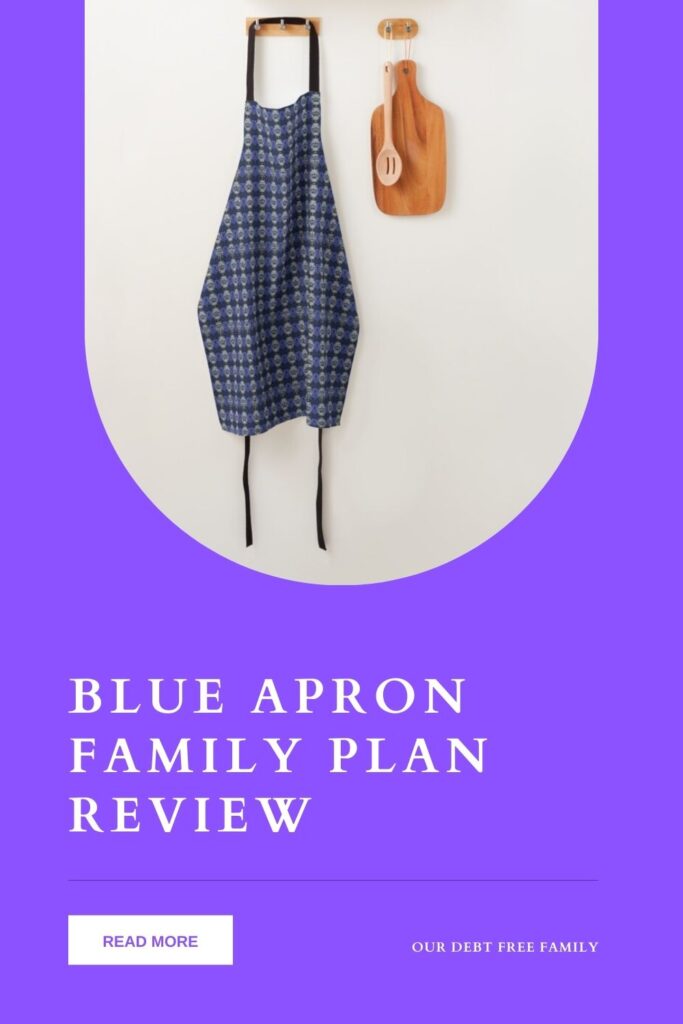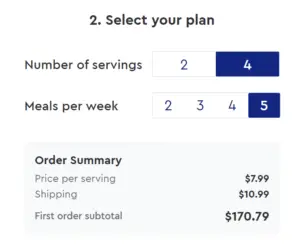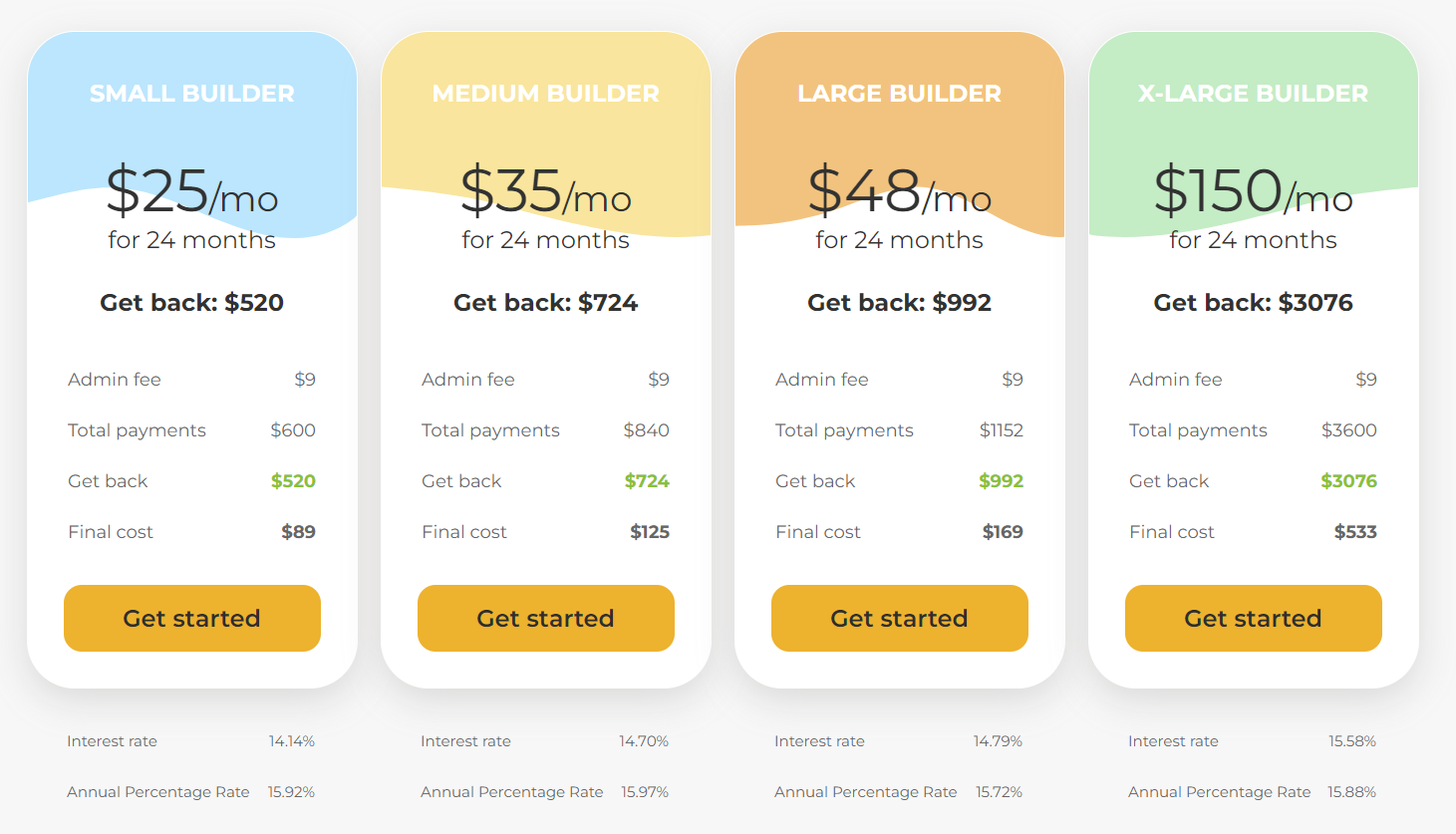
Do you have caviar tastes on a ramen noodle budget? Or maybe all your hard work has finally paid off and you’re ready to splurge.
But only a little. You don’t have to spend all your money to look well put-together.
We’ve compiled a list of the top discount designer websites to help you look stylish and save a little coin in the process.
Keep reading to discover the discounts.















